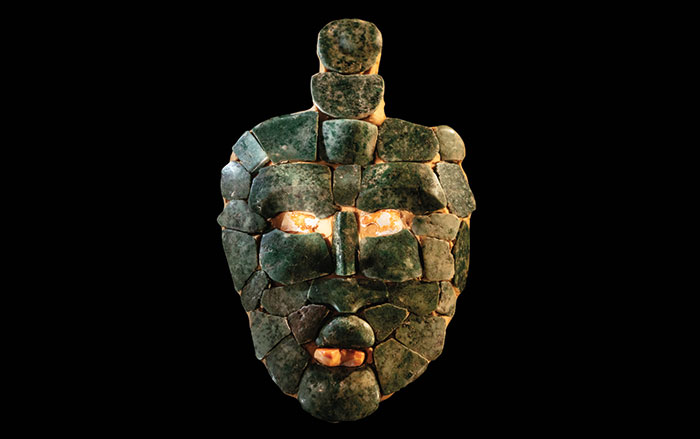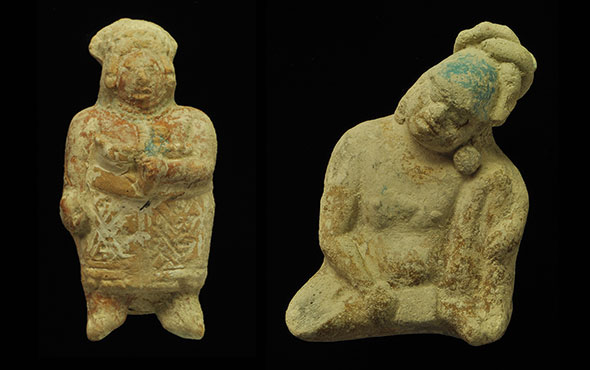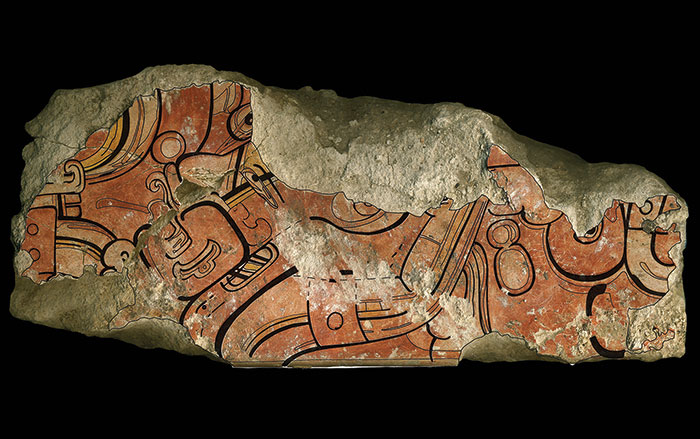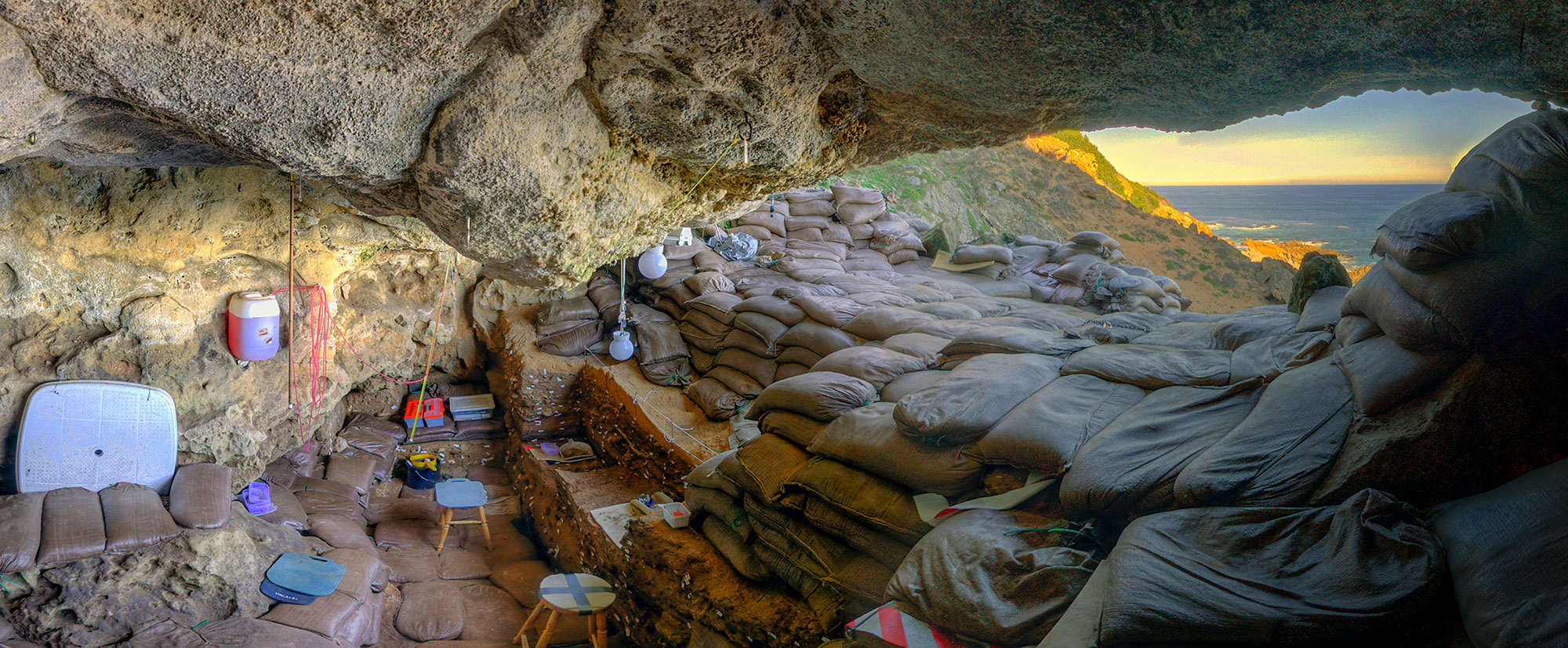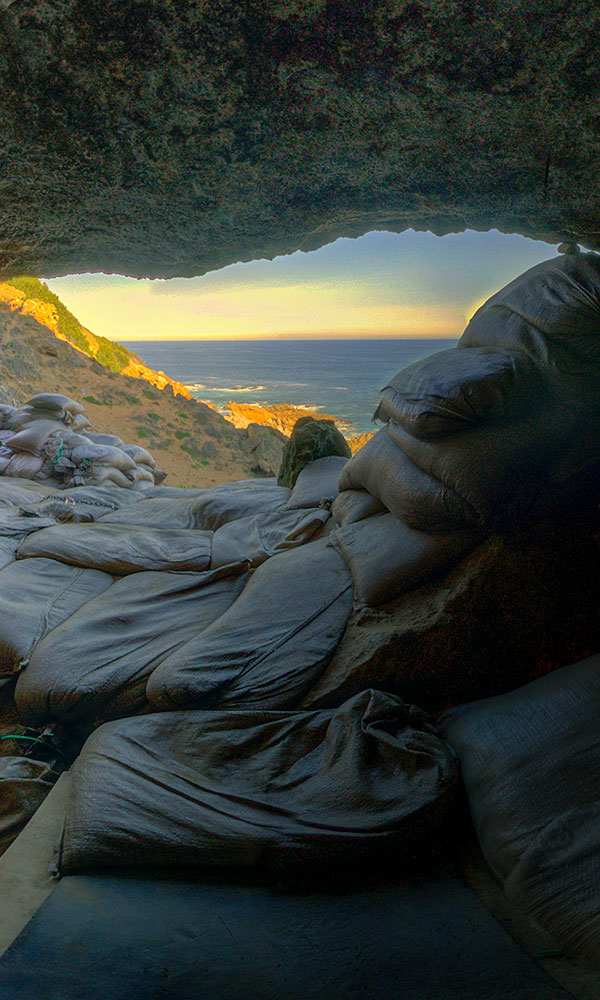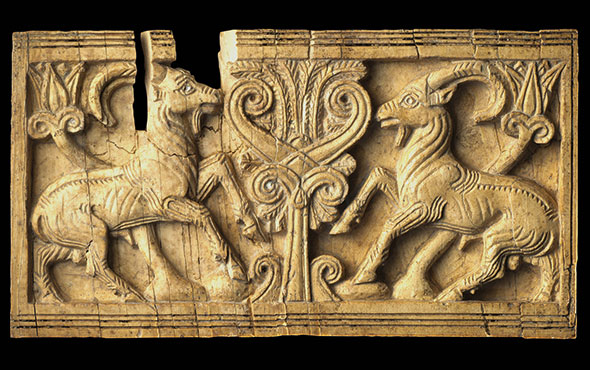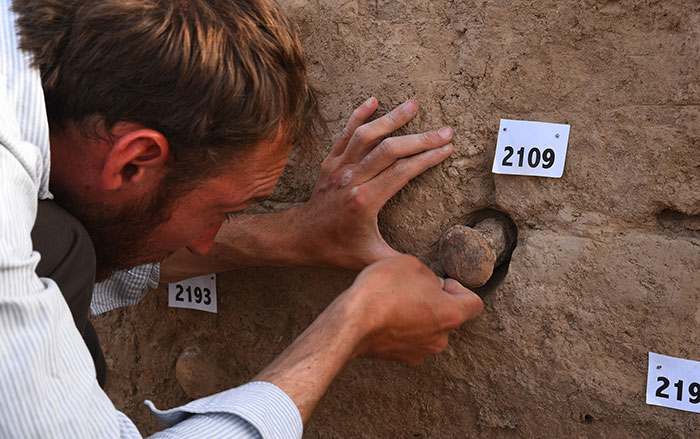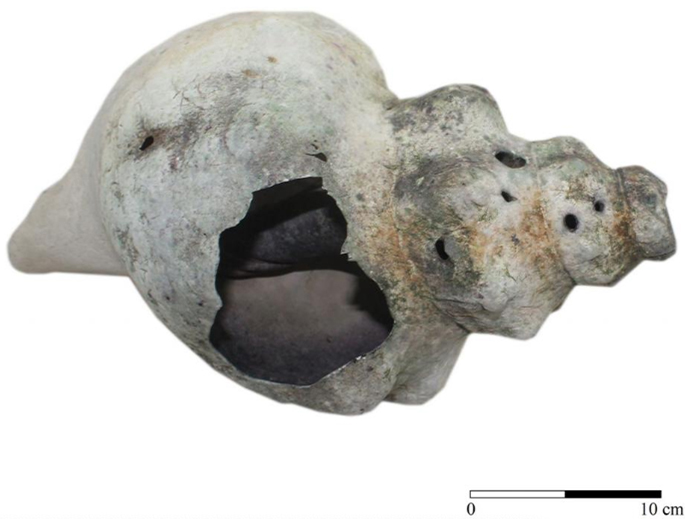
KRAKÓW, POLAND—Science in Poland reports that teams of Guatemalan and Polish researchers recovered several hundred Maya artifacts from Lake Petén Itzá, where the Classic period Maya capital of Nojpetén was located on Flores Island. Polish team leader Magdalena Krzemień of Jagiellonian University suggested some of the artifacts had been used in religious rituals to the north of the island, perhaps to honor Chaak, a rain god. For example, divers found three stacked bowls that had been placed on larger three-legged vessels, one of which held a nearly eight-inch-long obsidian blade. “Its presence is clearly associated with ritual and sacrifice,” Krzemień said. The top bowl in the stack held fragments of burned wood and obsidian. “It is a mystery how the Mayans were able to deposit the offering so that the vessels did not scatter over a larger surface,” added underwater archaeologist Mateusz Popek of Nicolaus Copernicus University. “We suspect that they were dropped to the bottom in a net.” The main sponsors of the expedition are Sebastian Lambert and Iga Snopek. To read in-depth about a Maya settlement in the same area called Nixtun-Ch’ich’, go to “The City at the Beginning of the World.”


